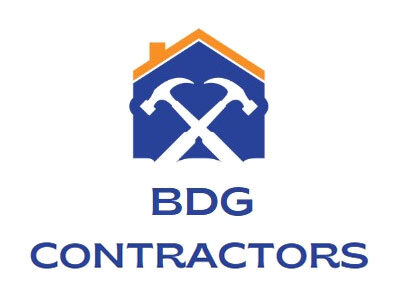A concrete slab is a flat, horizontal surface constructed of cast concrete that is used as a structural element in modern constructions. Floors and ceilings are normally constructed with steel-reinforced slabs that are between 100 and 500 mm thick, whereas outside pavement may be done with thinner mud slabs (see below).
The ground floor of many home and industrial structures is made up of a thick concrete slab supported on foundations or directly on the subsoil. These slabs are characterized as either ground-bearing or suspended slabs. If a slab rests directly on the foundation, it is considered ground-bearing; otherwise, it is considered suspended. There are numerous common slab designs for multi-story structures.
Beam and block, also known as rib and block, is mostly utilized in residential and commercial construction. This slab is made up of pre-stressed beams and hollow blocks that are propped up until they set, which takes around 21 days.
A hollow core slab that is prefabricated and crane-installed on site.
Thinner, pre-cast concrete slabs are strung between the steel frames to form the floors and ceilings on each level of high-rise buildings and skyscrapers. In addition to dwellings, cast in-situ slabs are employed in high-rise buildings and huge shopping malls. Shutters and reinforced steel are used to cast these in-situ slabs on site.
Reinforced concrete slabs are frequently abbreviated as “r.c.c. slab” or simply “r.c.” on technical drawings. Calculations and calculations & drawings are often done by structural engineers in CAD software.
